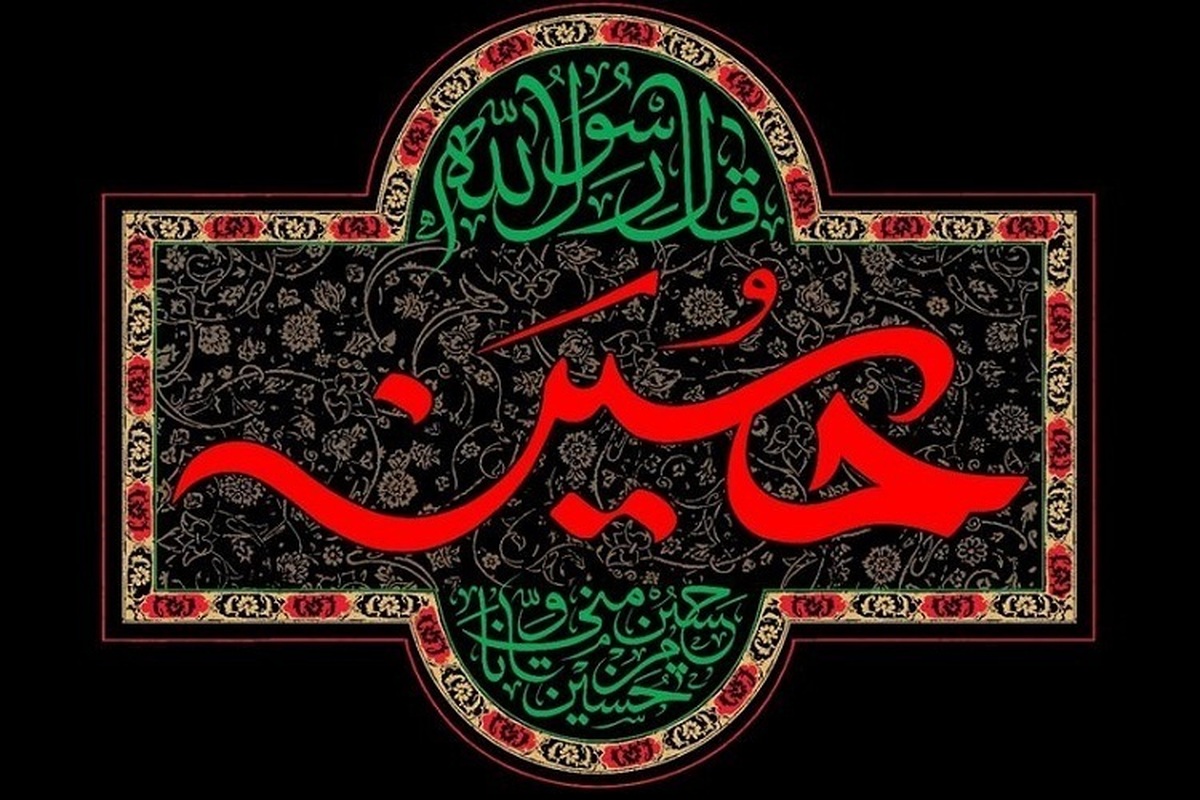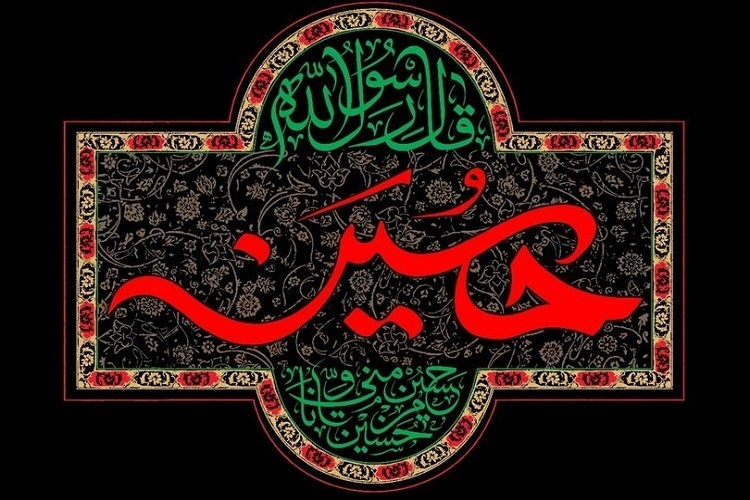Imam Hussein’s Movement A Model for Building A Sustainable Civilization: Scholar


Speaking to IQNA, Seyed Reza Emadi said this movement, beyond a historical movement, is a comprehensive civilizational model that, relying on values such as justice, freedom, and resistance to oppression, has been able to influence the formation of culture, identity, and social cohesion in various societies.
He said the uprising of Imam Hussein (AS) in 61 AH is, beyond a historical event, a turning point in civilization that, centered on defending justice, freedom, and resistance to oppression, has provided the foundations of a dynamic and sustainable civilization.
This movement, with its rich ideology and influential outward manifestations, is the best driving force for creating civilization and has had profound effects on the culture, identity, and values of Islamic and even non-Islamic societies, he noted.
“The Hussaini Movement, intellectually, presents an ideological school based on justice, freedom, courage, and sacrifice. By choosing martyrdom rather than submission to oppression, Imam Hussain (AS) established the concept of freedom as a fundamental value of civilization. This choice showed that preserving human dignity and defending the truth, even at the cost of life, is a priority.”
Emadi added that the movement of Imam Hussein (AS), as a school of thought, forced thinkers and scholars to reflect on deep religious and philosophical concepts and helped redefine values such as justice, freedom, and resistance.
“This ideology formed the soul of Ashura civilization and inspired generations to build just and ethical societies. Ashura literature, from poetry and elegy to analytical texts, added to the richness of Islamic civilization and provided a platform for intellectual dialogue.”
Read More:
Regarding the external dimension of the Husseini movement, he said that in its external dimension, the Husseini movement has had a profound impact on the civilizational manifestations of Islamic societies.
“The rituals of these days, mourning ceremonies, Taziyeh, and recitation of the Holy Quran have become part of the cultural identity of Shia societies. Taziyeh, as a religious-performance art, is a prominent example of the impact of the Husseini movement on the culture and art of civilization, which reached its peak in Iran.”
Emadi went on to say that social institutions of Muharram led to strengthening social solidarity and the creation of charitable and cooperative institutions.
“Donations, offering votive foods, and helping the needy during the days of Muharram are examples of the social impacts of this movement that have contributed to the cohesion of societies.”
From another perspective of literature and art, he said, the poetry, elegies, and works of art related to Karbala have added to the cultural richness of Islamic civilization and provided a platform for transmitting Ashura values.
The religious researcher said that the Husseini movement provided a unique model of moral and human values. “Imam Hussein’s (AS) uprising against a government that had deviated from Islamic values institutionalized the spirit of sacrifice, courage, and loyalty to lofty ideals in societies.”
He added, “This moral message, which places human dignity above all else, has taken root as a fundamental principle in Islamic civilization and has led societies to cultivate high human values.”
Referring to the political and social dimension of this movement, he reminded that the Husseini movement was a socio-political movement against corruption and tyranny, and it demonstrates the importance of social responsibility and the fight against oppression in building a civilized society.
Read More:
This movement taught societies that reformism and resistance to injustice are pillars of civilization, he stated.
“The impact of this dimension is clearly seen in justice-seeking movements, including the Islamic Revolution of Iran.”
He highlighted the global and inter-civilizational impact of this movement, saying the message of Ashura went beyond the Islamic world and affected other cultures and religions.
“Figures such as Mahatma Gandhi were inspired by the uprising of Imam Hussein (AS) as a model for non-violent struggle.”
This impact demonstrates the capacity of Ashura to create civilizational dialogue and transfer common human values such as justice and resistance to other cultures, Emadi noted.
The Husseini movement, due to its strong intellectual foundations and impressive outward manifestations, is the best driving force for creating a dynamic and sustainable civilization, he emphasized.
“By presenting an ideology based on justice and freedom, this movement has been able to guide societies towards reform and progress.”
Read More:
He went on to say, “On the surface, the rituals and institutions that emerged from Ashura have contributed to social cohesion and the strengthening of collective identity. This combination of thought and action has made Ashura a complete civilizational model that has been influential not only in the Islamic world but also in inter-civilizational dialogue.
“The Ashura movement, with its rich intellectual foundations and impressive outward manifestations, is a perfect model for civilization-building, which, by emphasizing values such as justice, freedom, and sacrifice, has provided the spirit of a dynamic civilization and has exhibited the external manifestations of a sustainable civilization with its rituals, arts, and social institutions. Ashura, as the driving force of civilization, continues to inspire societies to build a more just and humane world.”
4298118



